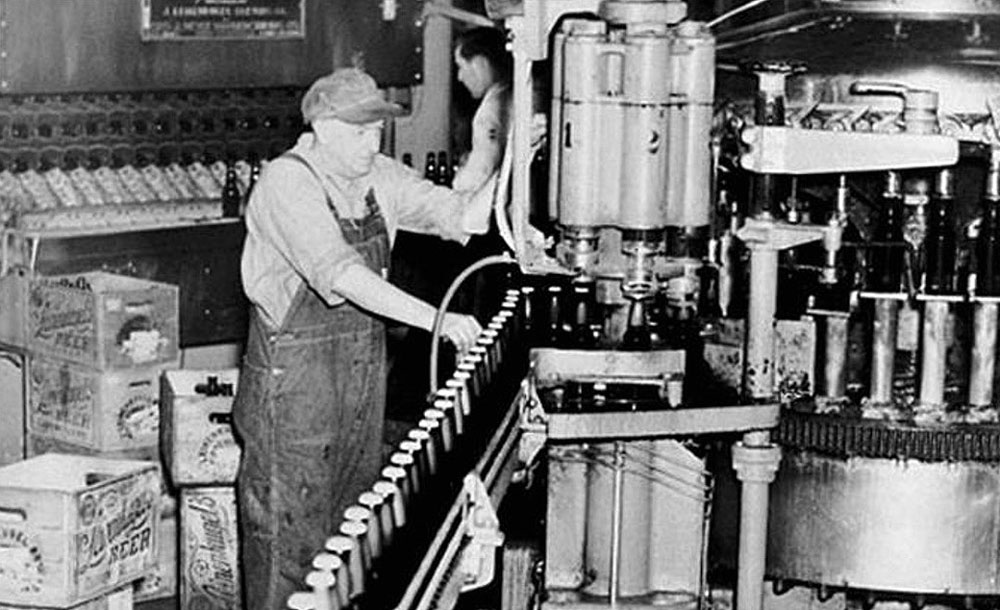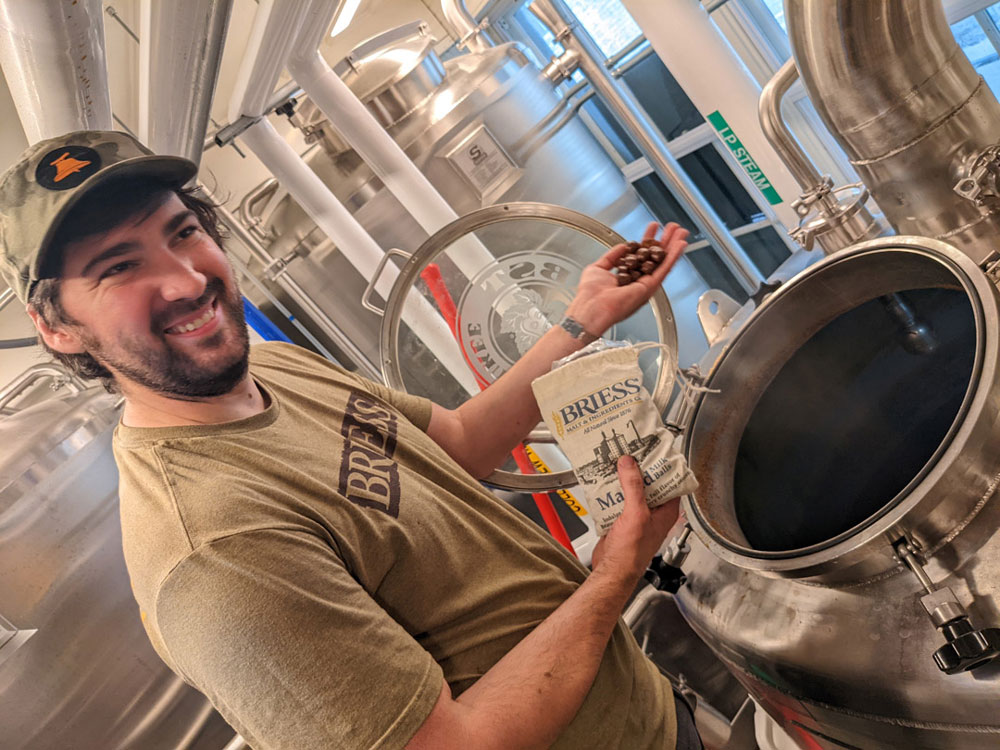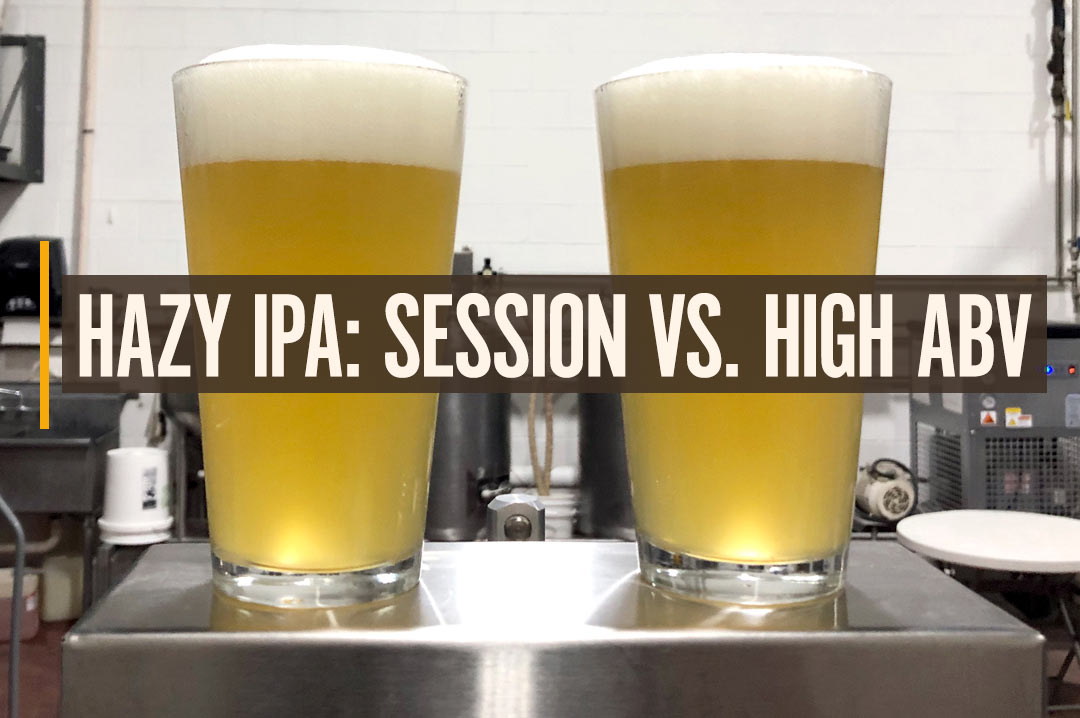
As someone who is always curious about how ingredients impact the overall perception of beer, I have utilized processes such as hot steeps and hop teas prior to constructing a beer recipe. In my opinion, these processes are invaluable when trying to understand how the beer will taste prior to brewing. But what about the Alcohol? What impact does the level of alcohol have on beer? This seemed like an easy question to answer. I’ll simply add a clean spirit in low doses to a beer while drinking it. This process did answer my question – the level of alcohol in a beer DOES impact the flavor of the beer. Done.
Well, not quite…
Traditionally, without fermentation, there wouldn’t be alcohol in beer and the process of fermentation itself greatly impacts the perception of beer. I decided the best way to get a better understanding of how alcohol and fermentation impact beer would be to brew two beers, one at a higher ABV and one at a lower ABV, and then taste them side by side. There are several ways to make a low ABV beer, but the goal is to get these beers to be as close to the same as possible. Why not utilize the process of cold brewing? In short, cold brewing will allow the extraction of things I want from the malt (i.e. color and flavor) without giving me the things I don’t want (i.e. fermentable sugars). Check out this post for a full explanation of cold brewing and why it works. Now that I have a process that will allow me to use the same malt bill for both beers, let’s get started.
I mashed in 23 of 28 pounds of Briess MaltGems® using 50°F water and let stand for 90 minutes, then transferred to lauter. The other 5 pounds of MaltGems, along with the malted white wheat and oat flakes, will be used in the next mash in to stay within the session style guidelines for ABV. I was aiming for 4.0 ABV.
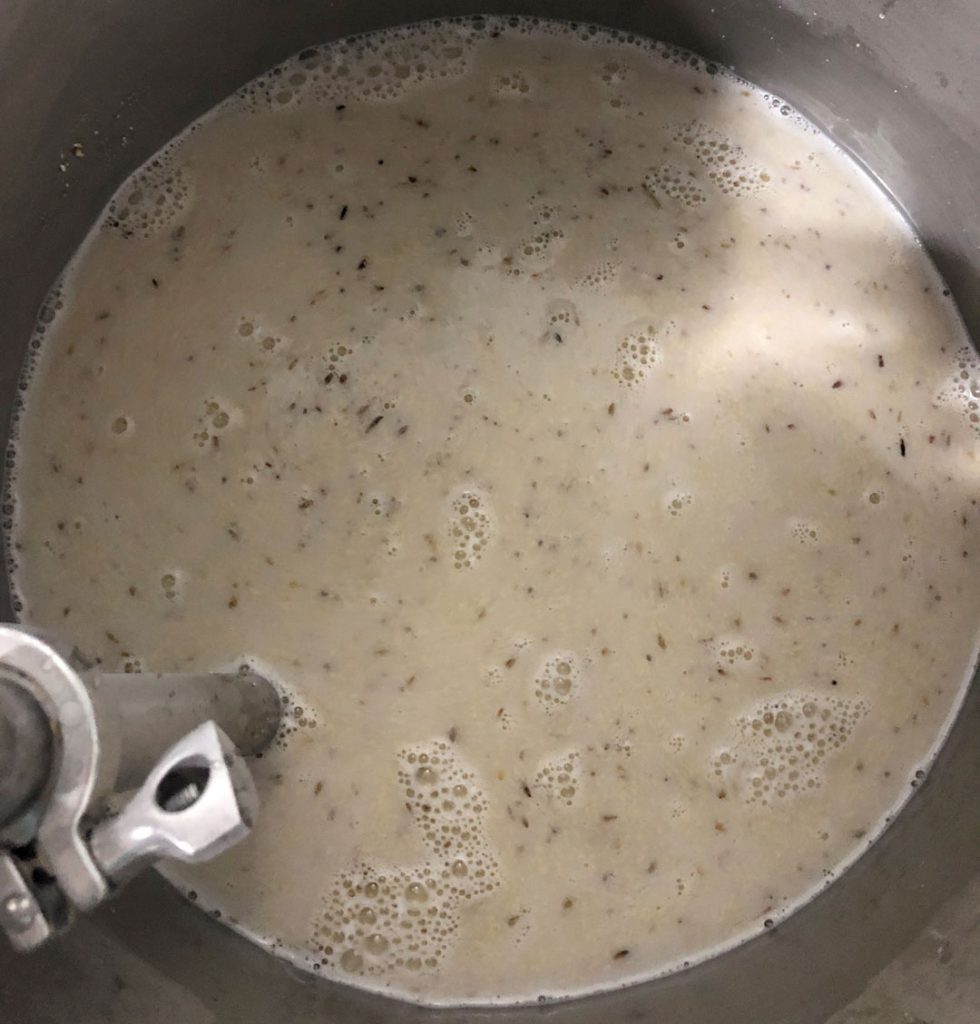
Cold Brew in Lauter 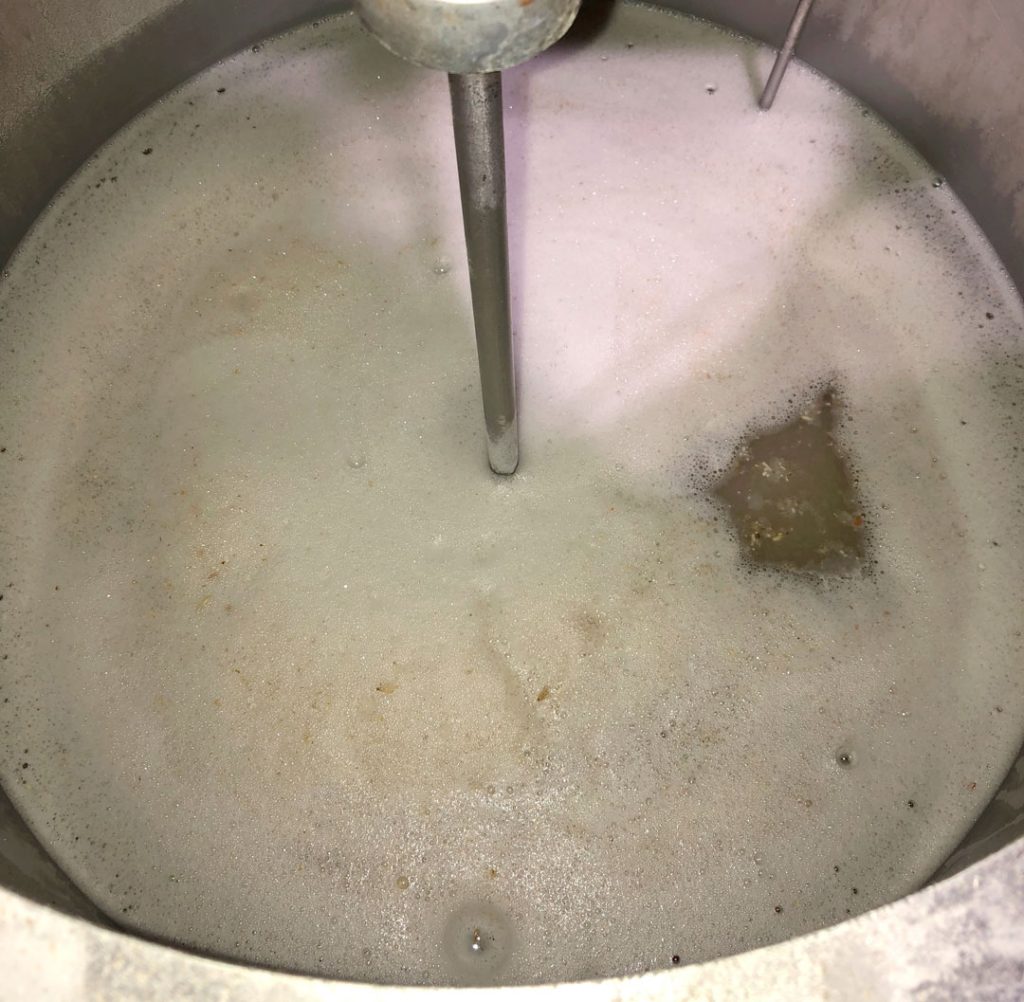
Mash Vessel with all Ingredients
After a short vorlauf, slowly runoff back to the mash vessel. Sparge until the required amount is collected. Runoff from the cold brew will serve as base water for mashing in the rest of the ingredients. In this case, I collected 17 gallons of cold brew at 4.0 brix.
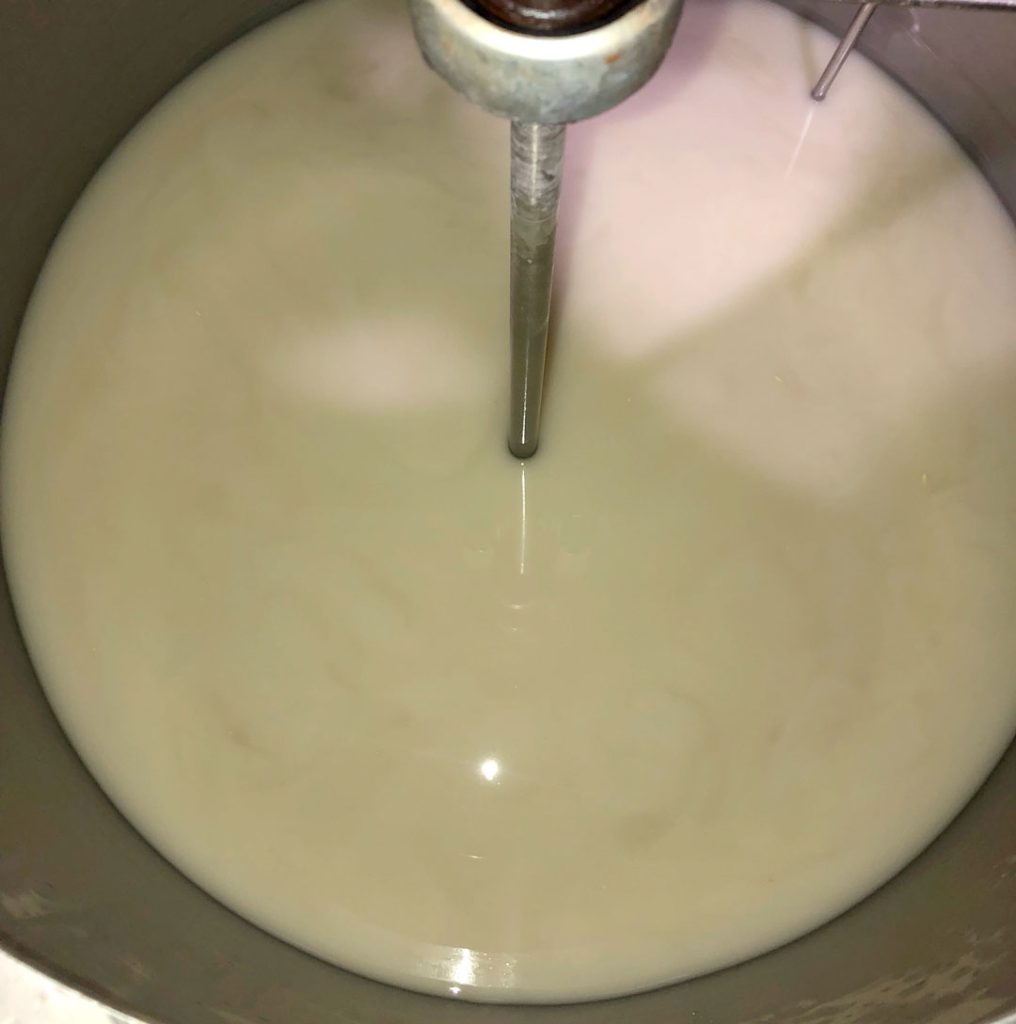
Once fully collected I added the rest of the ingredients to the cold brew and proceeded as a normal mash in, lauter, and boil.
Because this beer is about half the ABV of my next brew, I pitched 50% less yeast to compensate. The goal was to have around the same fermentation time for both beers. This was important because I prefer to dry hop during fermentation, and I wanted to keep the hopping schedules as close together as possible.
Visually both beers are very close, with the 6.0 ABV product looking slightly darker. Based on the cold brewing process, this was expected.
How the beers looked was important but how they tasted was the goal, so the next step was to put these beers through a sensory evaluation. Below are notes and flavor perceptions for both beers.
Session Hazy – Aroma
Cotton Candy
Banana
Melon
Lemon
Pineapple
Pine Needle
Control Hazy – Aroma
Slight Banana
Melon
Tropical Fruit
Pineapple
Session Hazy – Flavor
Melon
Banana
Citrus
Malty
Full Body
Control Hazy – Flavor
Slight Banana
Melon
Honey
Slight Cotton Candy
Pine Needle
Full Body
Sensory Notes
Session Hazy – Full-bodied up front, with a complex tropical hop aroma of cotton candy, banana, citrus, melon, and pine. Carried with medium body, melon transitioning to citrus flavors and finishing with a slight lingering bitterness and cereal character. Excellent foam stability. I preferred this beer over the control.
Drinkable and more like the beer I prefer, but not better for the style.
Control Hazy – Full-bodied throughout, with aromas of melon and tropical fruit. Sweet melon and honey flavors cleanly finish with piney hop aroma. Excellent foam stability.
The control may be a better hazy, but with 50% more alcohol it might make the session beer a better choice if drinking more than a few.
Sensory Conclusion
Alcohol is well known for increasing body, mouthfeel, fullness, and sweetness, as well as affecting aroma release. The cold brewed hazy has the same amount of malt flavor and coloring compounds as well as similar amounts of amino acids and non-starch polysaccharides which provide body, fullness, and character. Less alcohol leads to different flavor balances and body. The full alcohol version is fuller-bodied and sweeter throughout and more filling. The session beer is full-bodied upfront and less sweet throughout, likely leading to a more perceptible citrus note and different flavor balance.
Overall, the session beer is a very satisfying IPA style that has more complex flavors and comes off as more drinkable and therefore “sessionable”.
Overall Conclusion
Even though I made every effort to make these beers the same, they turned out to be different. Making a good session beer is, without a doubt, more challenging than I expected.
I enjoy session beer on occasion, but always thought to myself “why does this beer taste so different than a full ABV beer of the same style?” Now I can, in fact, blame it on the alcohol.
Hazy IPA Recipe
OG – 1.060 / Session – 1.042
FG – 1.014 / Session – 1.010
Grain:
- Briess Synergy Select Pilsen MaltGems® – 78%
- Briess Brewers Oat Flakes – 11%
- Briess Wheat Malt, White – 11%
Yeast:
- London Ale III
Hops:
- Citra
- Mosaic
- Nectaron
- Talus
Heat 17 gal of 20% tap water and 80% deionized/distilled water to 125°F. Mash in.
Ramp to 144°F, hold for 30 min.
Ramp to 157°F, hold for 30 min.
Mash off at 170°F. Transfer to lauter, sparge with 170°F deionized/distilled water.
Boil for 60 min.
Whirlpool and rapidly cool until temperature reaches 180°F, add whirlpool hops (75g of Citra, 15g Mosaic, 50g Nectaron, 45g Talus). Rest for 10 minutes, then transfer.
Cool wort to <70°F.
Fermentation temp 64-74°F.
Add first dry hop (145g of Citra, 40g Mosaic, 112g Nectaron, 90g Talus) to actively fermenting beer. First dry hop should start 24-36 hours from the beginning of fermentation. Then allow 24 hours for dry hopping to occur.
Add second dry hop (145g of Citra, 40g Mosaic, 112g Nectaron, 90g Talus) 1 Plato from Finished Gravity, about 1.018- (24 hours Dry Hop).
After reaching FG, transfer to secondary storage and allow 5-7 days at 45°F before bottling.

